August 4, 2020
Acoustics pioneer John Storyk and his team built a tool to help them optimize musical recording and performance spaces for low-frequency sounds
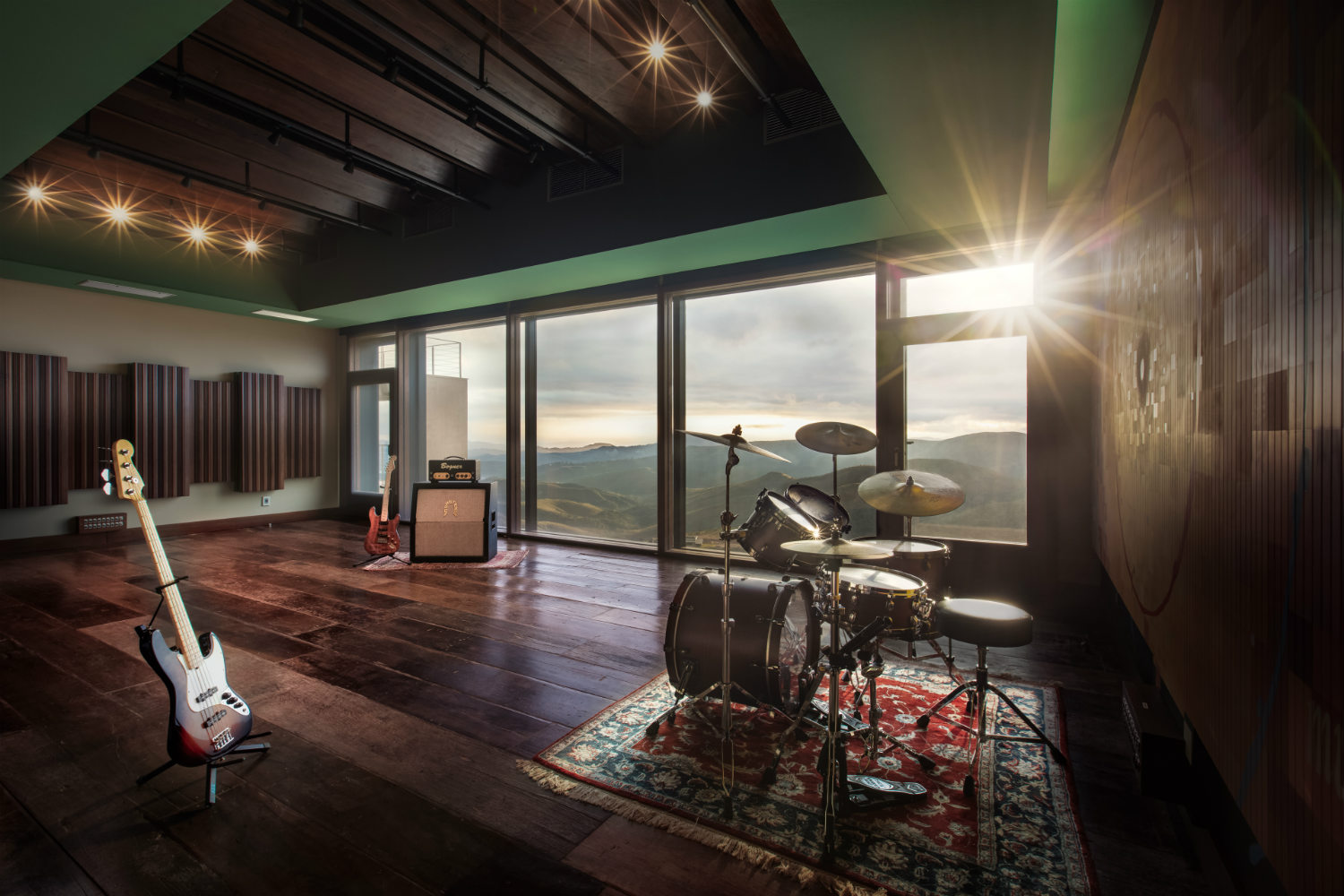
A room at Sonastério, a studio in Brazil designed by WSDG. Photo courtesy WSDG. Photo: Alberto Andrich
By Steven Rosenbush
Architect and acoustician John Storyk, known for designing recording and performance spaces around the world, was frustrated by the limits of the software at his firm’s disposal. So last year, he and his research and development director decided to build their own.
They wanted a tool that would help them optimize musical recording and performance spaces for low-frequency sounds, such as those formed by a bass guitar. Those sounds create large standing waves, known as eigentones, that need to be evenly distributed. “The less evenly distributed they are, the worse the room sounds,” Mr. Storyk says. The dimensions of a room, the composition of its surfaces and the use of noise-damping equipment are all variables to consider.
They searched for software that could perform low-frequency analysis on rooms of varied shapes and sizes and quickly assess potential solutions.
Mr. Storyk and Peter D’Antonio, his firm’s R&D director, tried to find a software company that would develop such a tool and bring it to market, but found no takers. “Peter and I just looked at each other one day and said, ‘Well, we can do it,’” said Mr. Storyk.
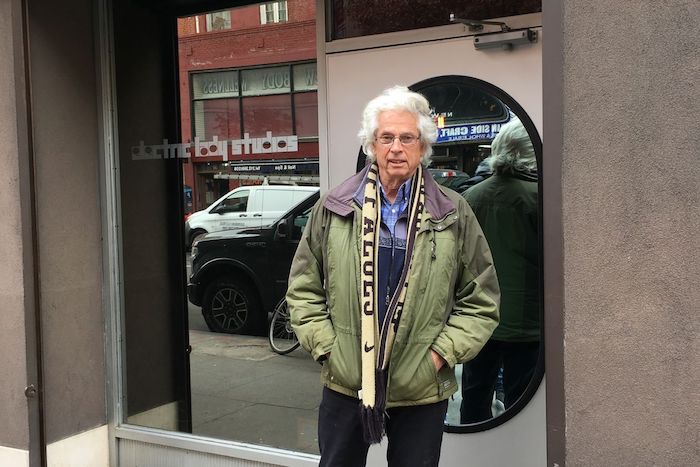
John Storyk outside Electric Lady Studios in New York. Photo: Howard Sherman.
After more than a year of work, they are claiming success, and say their software is being used in their work with a number of clients, including Spotify Technology SA. The software does its job better and faster than people can, and makes it possible to quickly try out more ideas in the design process, they said.
“It is a great example, for me, of exactly what computers are supposed to be doing,” Mr. Storyk said.
“We have to make various inputs, but once those inputs are made, it is basically AI, a nonautonomous form of AI,” Dr. D’Antonio said.
Mr. Storyk has been wrestling with the complexities of low-frequency sound ever since he designed Electric Lady Studios for Jimi Hendrix more than 50 years ago.
“Low-frequency analysis has become the most critical phase in our acoustic design process,” said Mr. Storyk, who has worked on high-profile projects around the world, including Jazz at Lincoln Center and Jay-Z’s Roc the Mic studio complex in New York, and the Zhejiang Conservatory of Music in Hangzhou, China. Early in his career, he studied with architect and inventor Buckminster Fuller.
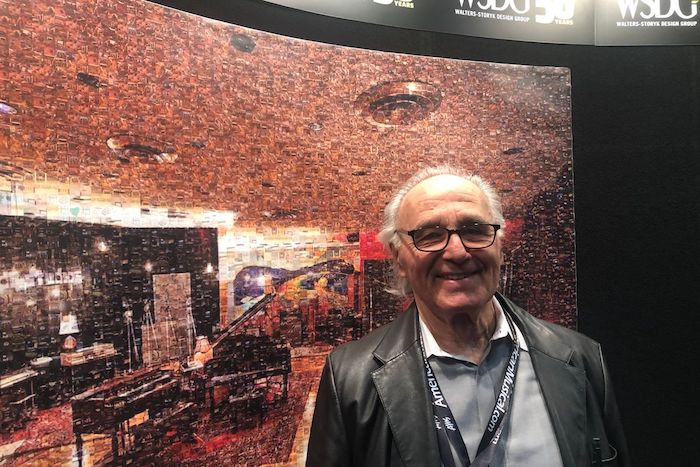
Peter D’Antonio, director of research at Walters-Storyk Design Group and REDI Acoustics. Photo: Steven Rosenbush/WSJ
He founded Walters-Storyk Design Group, or WSDG, in 1987 with wife Beth Walters. The firm, with a staff of about 75, operates internationally and is based in Highland, N.Y., along the Hudson River north of New York City.
Low-frequency sounds are ubiquitous in music. “Basically all hip-hop music, and for that matter, all rock and roll and every symphony written from Beethoven on” are infused with low-frequency sound, Mr. Storyk said. The waves from these sounds can be larger than the room itself, creating auditory imbalances if left unchecked, according to Mr. Storyk, himself a musician who plays piano and saxophone, and loves the blues and opera.
The idea was to automate the process of figuring out how to best manage low-frequency sounds in the design of recording studios, performance spaces and other environments.
He approached Dr. D’Antonio to see if better tools could be found. Dr. D’Antonio, a physicist, spent 29 years at the U.S. Naval Research Laboratory in Washington. He also maintained a career in music and recording, founding RPG Acoustical Systems, which makes sound absorption and diffusion products.
In 2019, they began developing the Non-Cuboid Iterative Room Optimization tool, or NIRO.
Inside the Acousticave
WSDG spent more than $100,000 hiring programmers for the project. It also built an experimental listening room called the Acousticave where NIRO’s ability to predict acoustics in the real world could be put to the test.
An unused storage room was converted into a small reverberation chamber with concrete walls. The surfaces were reinforced with plywood to make them extremely rigid. The acoustics of the room were poor but distinctive. Next, highly tuned damping modules were developed to alter the acoustics of the room. The idea was to see whether NIRO could accurately predict how the acoustics of the room would respond to the damping modules.
Dr. D’Antonio constructed NIRO using a genetic algorithm, which is based on the idea of natural selection. It searches for optimal answers to a problem by trying a large number of possibilities. The process begins with “parents” and proceeds through numerous “offspring” until an optimal solution is found. The idea is to optimize the physical structure of the room, as well as the use of materials and specially constructed acoustical damping units.
Step by step, NIRO evolved by early 2020 to the point where its predictions coincided with the actual acoustics of the room.
“The NIRO prediction and the actual measurement of the Acousticave…were almost identical,” Mr. Storyk said. “It was quite amazing.”
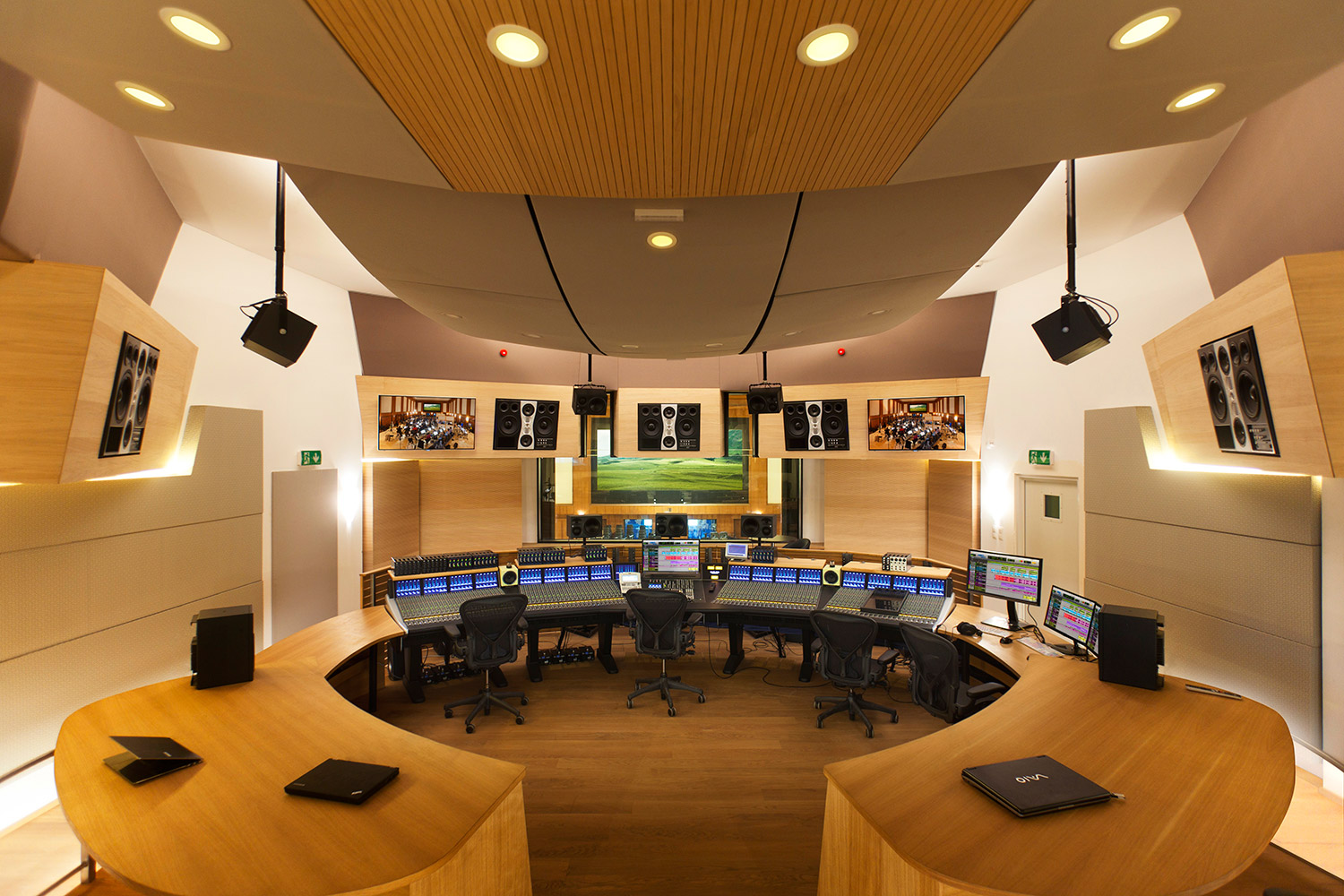
The control room of Vienna Symphonic Library’s Synchron Stage, upgraded by WSDG. Photo: WSDG
Out of the Lab
NIRO is now part of a separate company called REDI Acoustics LLC. Dr. D’Antonio serves as research director of WSDG and REDI Acoustics.
WSDG has started to employ NIRO in work for its clients, using the tool in almost 20 projects, including new studios for Sony Corp. of America; rapper, singer and songwriter J. Cole; Mike Gordon, bass player and singer with the band Phish; and Hollywood composer Carter Burwell, WSDG said.
WSDG is using NIRO to help design Spotify’s new recording studios in the Arts District in Los Angeles. WSDG is the lead architect and acoustician for all acoustic rooms, such as control rooms, studios, isolation booths and podcasting studios.
NIRO has improved the design process, according to Chris D’Angelo, head of production and studio facilities at Spotify. “Normally, I would say, ‘Here, this is what I want to do,’ and he would design around that, then have a variation on a theme, and do a little tweaking,” Mr. D’Angelo said. The use of NIRO “allowed me to explore many, many more different layers or ways of solving studio problems in the same amount of time.”
The technology has transformed the design process, making it easier to quickly test ideas, according to Mr. Storyk.
“We were doing the analysis once, and then sometimes maybe we would take a second shot at it. And that’s when we would run out of time,” Mr. Storyk said. “Now I can just go away for lunch and come back and it’s cranking, and we are doing other things.”
LUCK, BE AN ELECTRIC LADY: HOW ARCHITECT JOHN STORYK GOT HIS BREAK WITH JIMI HENDRIX
As a recent college graduate, Mr. Storyk designed the guitar legend’s recording studio in New York 50 years ago
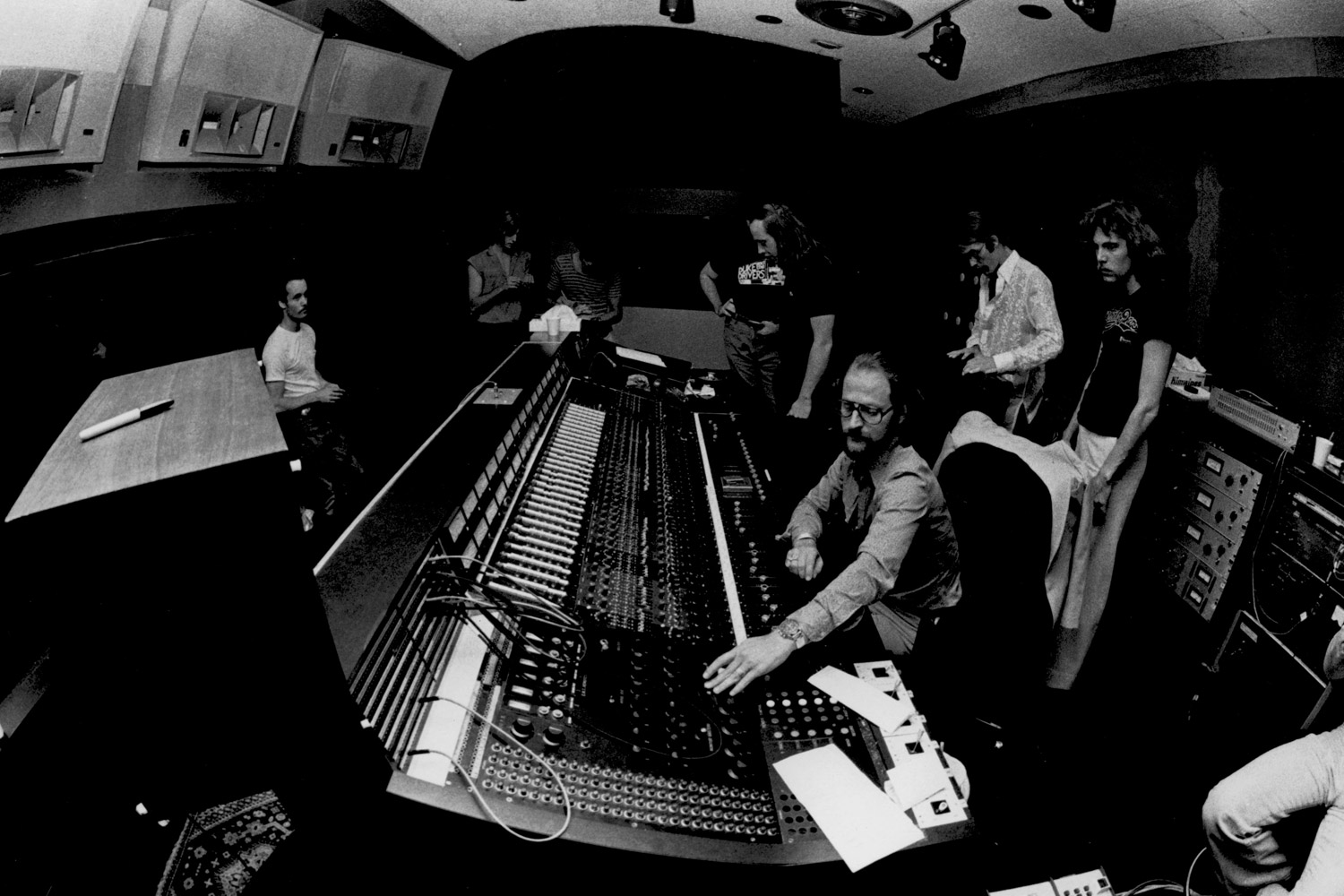
Eddie Kramer atthe controls at Electric Lady Studios in New York in an undated photo. Photo: WSDG
Architect and acoustician John Storyk got his break at age 22 designing Electric Lady Studios for Jimi Hendrix. More than half a century later, the acoustics of the facility stand up to many facilities designed with newer technologies, according to Eddie Kramer, the recording producer and engineer who has worked with Hendrix, Led Zeppelin, the Beatles, the Rolling Stones, David Bowie and others. The acoustic quality of Electric Lady Studios reflects the distinctive characteristics of the space, which features lots of curves and a sloping ceiling. It is a space that reveals Mr. Storyk’s curiosity and capacity for learning on the job, according to Mr. Kramer.
Mr. Storyk got the assignment after a series of improbable events. He graduated from Princeton University in 1968 with a degree in architecture. One day that summer, he was in New York City waiting in line to buy an ice-cream cone. He noticed a want ad in the East Village Other, seeking carpenters willing to work free on construction of a new experimental nightclub. He responded and joined the group. Cerebrum, the underground club in Soho, became a sensation and appeared on the cover of Life magazine. Hendrix visited the club, which had promoted Mr. Storyk to volunteer architect. In 1969, Hendrix’s manager, Michael Jeffrey, asked Mr. Storyk to design a club for Hendrix, who had taken over the lease of the Generation Club in Greenwich Village.
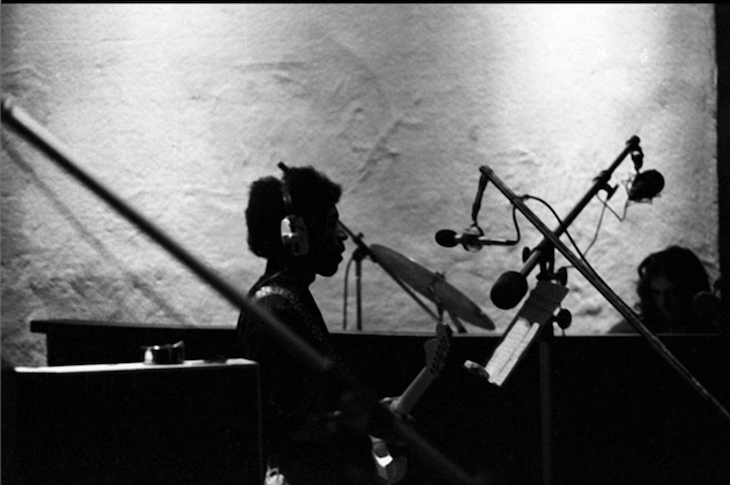
Mr. Storyk, who played in a blues band, had frequented the club many times, and he was thrilled to discover that the building had been designed by Frederick Kiesler, who had influenced him as a student. Mr. Storyk completed plans for a club with a control room in the back for recording. Construction was under way when Mr. Kramer entered the scene. He didn’t like what he saw. He recalls “a dark, cavernous, semi-demolished place,” that flooded during construction and was littered with pick axes and rubble. It turned out that an underground tributary of the Minetta River flowed beneath the building. He proposed a change of plans. He was alarmed by the recording studio bills for Hendrix’s “Electric Ladyland” album. He proposed they switch plans and turn the site on West 8th Street into “the best recording studio in the world,” which Hendrix could call his home.
Mr. Storyk, unhappy with the shift in plans, was mollified when the team asked him to design the recording studio. The sloping ceiling, which rises from 12 feet to 16, helped with the acoustics. “It was an amazing journey for John. He really had to peddle double time to catch up on what was needed,” recalls Mr. Kramer, who has remained close to Mr. Storyk and is godfather to his daughter. “John’s energy level was so fantastic. The thing about John, is that if he didn’t know, he would go find out.”
Write to Steven Rosenbush at steven.rosenbush@wsj.com









